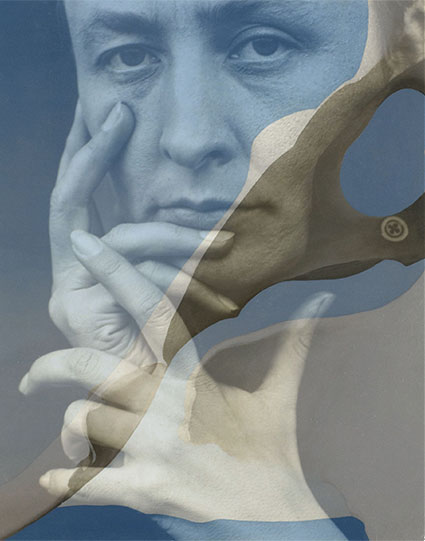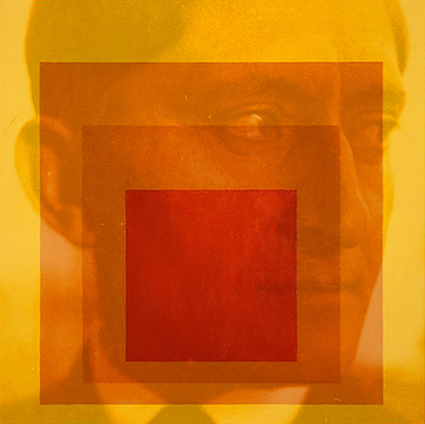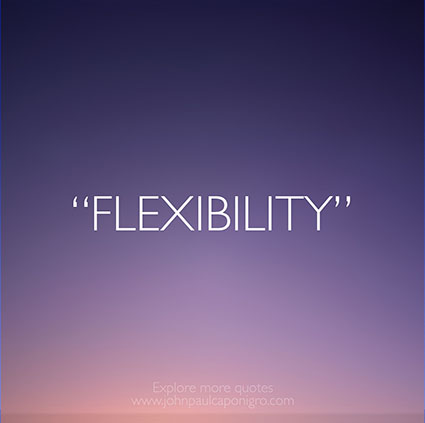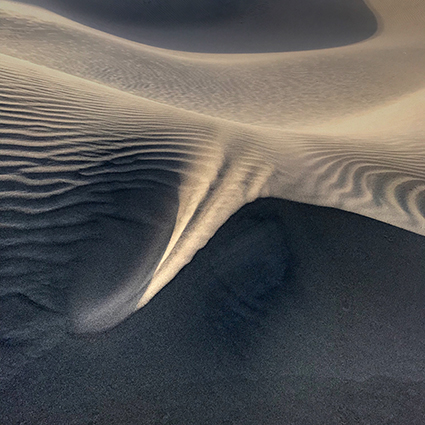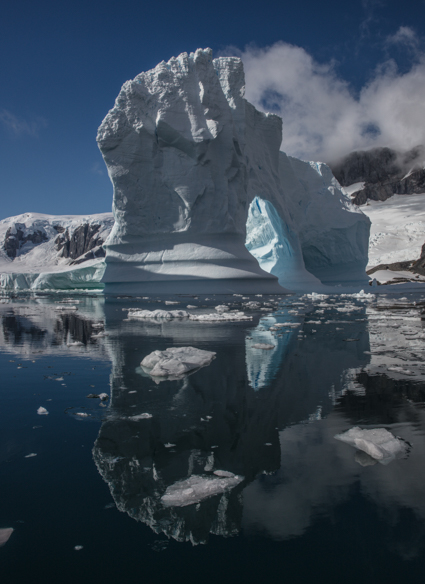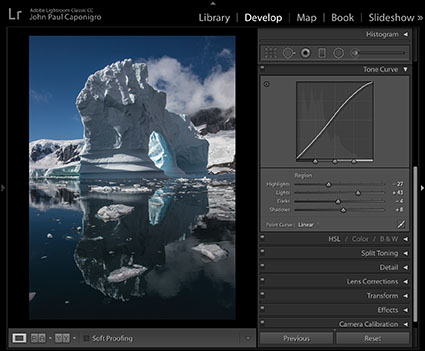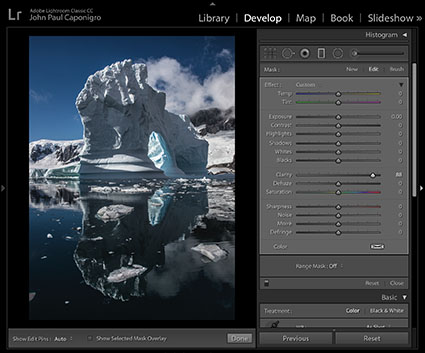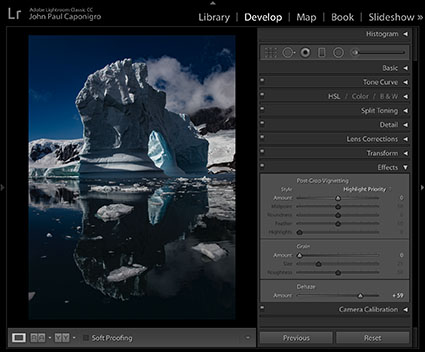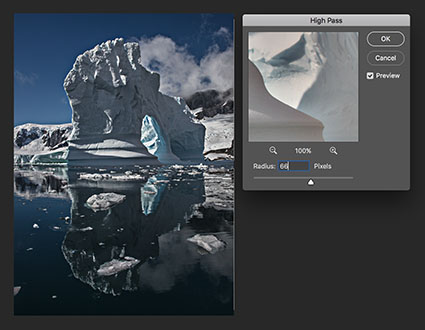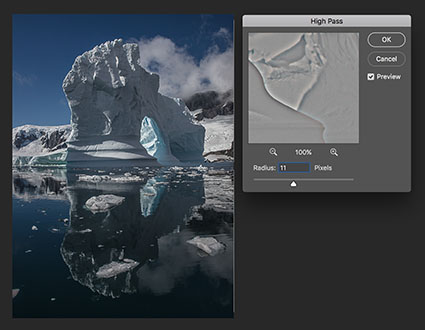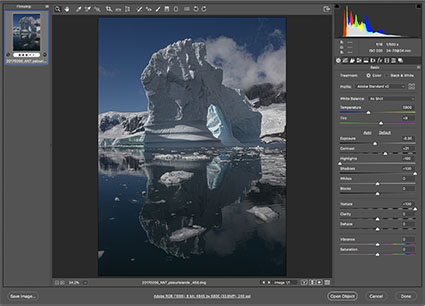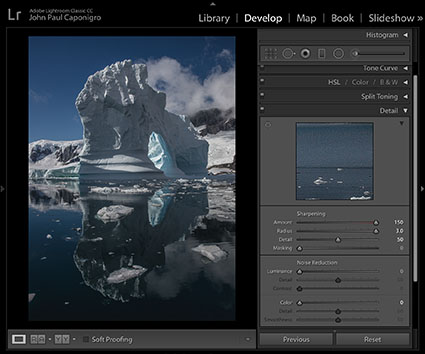18 Great Quotes By Photographer Imogene Cunningham
Enjoy this collection of quotes by photographer Imogene Cunningham.
“Which of my photographs is my favorite? The one I’m going to take tomorrow.” – Imogen Cunningham
“I was brought up on art. My father thought I had a great hand at art and sent me to art school. But he did not want me to become a photographer.” – Imogen Cunningham
“I was poor. When you’re poor you work, and when you’re rich you expect somebody to hand it to you. So I think being reasonably poor is very good for people.” – Imogen Cunningham
“I never stopped photographing. There were a couple of years when I didn’t have a darkroom, but that didn’t stop me from photographing.” – Imogen Cunningham
“I photograph anything that can be exposed to light. The reason during the twenties that I photographed plants was that I had three children under the age of four to take care of so I was cooped up. I had a garden available and I photographed them indoors. Later when I was free I did other things.” – Imogen Cunningham
“I wasn’t very ambitious. I think that’s the solution. I just took things as they came. I wouldn’t say I didn’t have any problem, but I didn’t care. I didn’t think I was going to save the world by doing photography as some of these people do. I was just having a good time doing it, and so I still had a good time no matter what I had to photograph.” – Imogen Cunningham
“One must be able to gain an understanding at short notice and close range of the beauties of character, intellect, and spirit so as to be able to draw out the best qualities and make them show in the outer aspect of the sitter. To do this one must not have a too pronounced notion of what constitutes beauty in the external and, above all, must not worship it. To worship beauty for its own sake is narrow, and one surely cannot derive from it that esthetic pleasure which comes from finding beauty in the commonest things.” – Imogen Cunningham
“A woman said to me when she first sat down, You’re photographing the wrong side of my face. I said, Oh, is there one?” – Imogen Cunningham
“So many people dislike themselves so thoroughly that they never see any reproduction of themselves that suits. None of us is born with the right face. It’s a tough job being a portrait photographer. – Imogen Cunningham
“The thing that’s fascinating about portraiture is that nobody is alike.” – Imogen Cunningham
“I’m never satisfied staying in one spot very long, I couldn’t stay with the mountains and I couldn’t stay with the trees and I couldn’t stay with the rivers. But I can always stay with people, because they really are different. ” – Imogen Cunningham
“I don’t think there’s any such thing as teaching people photography, other than influencing them a little. People have to be their own learners. They have to have a certain talent.” – Imogen Cunningham
“There are too many people studying it (photography) now who are never going to make it. You can’t give them a formula for making it. You have to have it in you first, you don’t learn it. The seeing eye is the important thing.” – Imogen Cunningham
“The formula for doing a good job in photography is to think like a poet.
Imogen Cunningham
“You know, a documentary is only interesting once in a while. If you look at a whole book of Dorothea [Lange]’s where she has row after row of people bending over and digging out carrots – that can be very tedious. And so it’s only once in a while that something happens that is worth doing.” – Imogen Cunningham
“Everybody who does anything for the public can be criticized. There’s always someone who doesn’t like it.” – Imogen Cunningham
“Once a woman who does street work said to me, ‘I’ve never photographed anyone I haven’t asked first.’ I said to her, ‘Suppose Cartier-Bresson asked the man who jumped the puddle to do it again – it never would have been the same. Start stealing!’ – Imogen Cunningham
“I don’t talk about success. I don’t know what it is. Wait until I’m dead.” – Imogen Cunningham
View more 12 Great Photographs collections here.
Explore The Essential Collection Of Quotes By Photographers.
Explore The Essential Collection Of Documentaries On Photographers.


